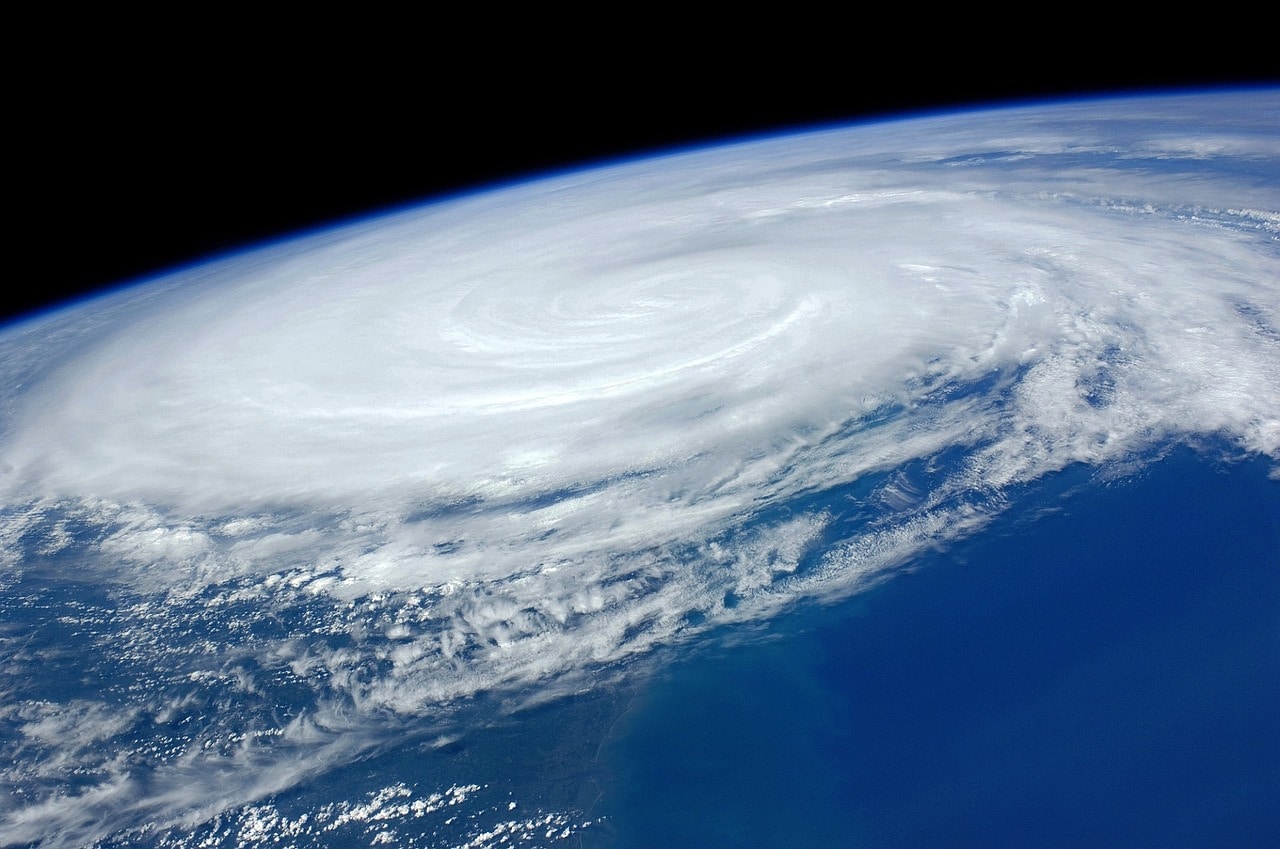
Hurricane 2024 Predictions
 Believe it or not, hurricane season is just around the corner. In any given calendar year, the tropical storm season runs from approximately June 1 through November 30 in the Atlantic Ocean, Eastern U.S., and the Caribbean.
Believe it or not, hurricane season is just around the corner. In any given calendar year, the tropical storm season runs from approximately June 1 through November 30 in the Atlantic Ocean, Eastern U.S., and the Caribbean.
Now is the time to make preparations for the 2024 season. When it comes to a hurricane, don't "wing it." The flooding rains, behemoth storm surges, and powerful winds can surprise even the most experienced hurricane veteran.
Storms are unpredictable, be sure to follow our severe weather updates for up-to-date alerts from the nation's top weather and news outlets.
2023 Hurricane Season in Review
First, let's review what transpired last year. The 2023 Atlantic hurricane season was above-average in terms of activity. A total of 20 named storms formed, including seven hurricanes and three major hurricanes (111 mph winds or higher).
Of these, Hurricane Idalia had some of the strongest impacts on the Continental U.S. It struck the Big Bend region of Florida in late August as a Category 3 Hurricane and became the strongest storm to strike that area since 1896. The impacts included a massive 7-12-foot storm surge, five direct fatalities, and roughly $2.5 billion in damage.
Read a full recap of the 2023 Atlantic Hurricane Season.
Hurricane Forecast for 2024
![[palm trees]](https://www.electricgeneratorsdirect.com/images/2017_hurricane_season1_150.jpg) UPDATED 6/08/2024:
UPDATED 6/08/2024:
Expect an extremely active 2024 Atlantic Hurricane season due largely to a weather phenomenon known as La Niña, which may form in the next several months.
La Niña results in less disruptive winds high in the atmosphere, which allows hurricanes to form more easily. This, combined with warm waters in the Atlantic Ocean, is predicted to fuel a potentially dangerous hurricane season.
In their most recent forecast, Colorado State University, one of the premier hurricane forecasting organizations, predicts 23 named storms, 12 hurricanes, and six major hurricanes to form in 2024. This is much higher than the average for 1991-2020, which has been 14.4 named storms, 7.2 hurricanes, and 3.2 major hurricanes. You can read that full forecast here.
How Hurricanes Form
Atlantic hurricanes form when warm ocean temperatures in the tropics combine with westward winds blowing from Africa.
- Westward winds cause the warm tropical water (80°F) to evaporate into the atmosphere, creating clouds and thunderstorms.
- The low pressure area caused by the rising warm air draws surrounding air, which in turn becomes warm and evaporates up.
- This cycle of air movement continues and builds into a powerful tropical storm system as long as there is warm surface air to feed it. If the storm system hits land or enters cooler waters, it will eventually lose steam and dissipate.
Hurricane Severity
A tropical storm system moves through several stages in its development. The following chart outlines the different stages of severity from least damaging to most damaging.
| Severity | Wind Speed (mph) | Storm Surge (ft) |
|---|---|---|
| Tropical Storm | 39-73 | 0-3 |
| Category 1 | 74-95 | 4-5 |
| Category 2 | 96-110 | 6-8 |
| Category 3 | 111-129 | 9-12 |
| Category 4 | 130-156 | 13-18 |
| Category 5 | 157+ | 19+ |
The Bottom Line
Hurricane forecasts that take into account real-world conditions and past patterns can be a generally reliable guide in predicting the upcoming season. Still, it's never an exact science and anything can happen. Stay tuned for forecast updates, and remember to prepare for the storm by stocking up supplies and getting the best electric backup generator.
Hurricane Preparation Navigation
Main | Hurricane Supplies | Hurricane Shipping | Hurricane Generator Guide | Flood Protection | Dealing With Power Outages | Most Destructive Hurricanes | Hurricane Forecasts





